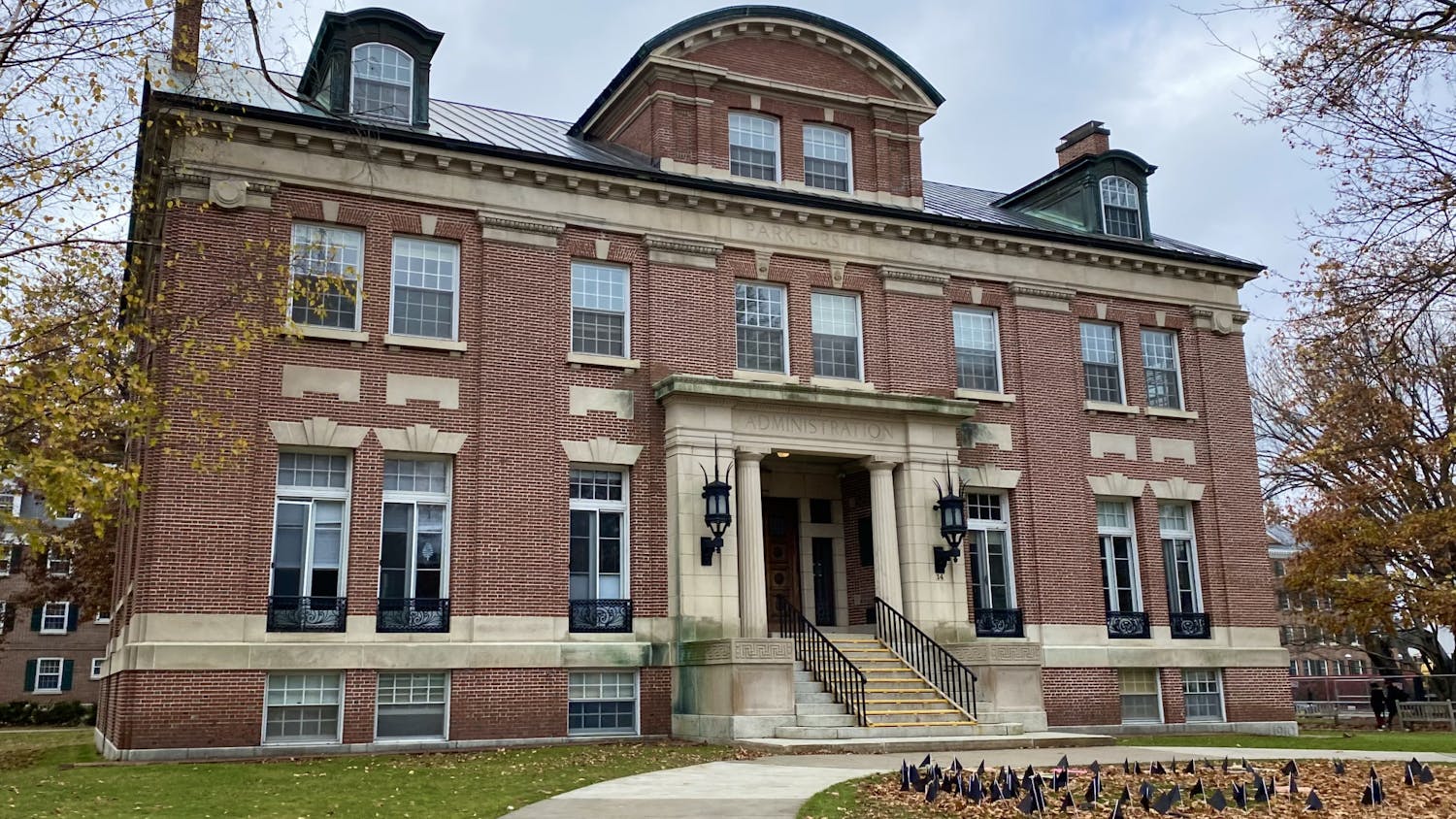When Fiscal Year 1993 concluded at the end of June, the Alumni Fund stood at record levels and The Will to Excel capital campaign held total giving at its second highest level in College history.
The Alumni Fund, which includes only unrestricted donations for current use, raised $12.9 million, slightly more than the $12.8 million finish in FY '92.
The capital campaign boosted both total alumni giving and total giving to their second highest levels ever.
Total alumni giving, encompassing gifts targeted for specific use, such as endowments, stood at $38 million last year, just short of the record $39.5 million in FY '92.
Total giving, which includes gifts from other sources like corporations and non-profit organizations, was $63.5 million, close to last year's record $69 million.
At the end of the fiscal year the capital campaign reached $274.6 million, 64.6 percent of the $425 million goal. The five-year capital campaign was kicked off publicly in October 1991 after $128 million had already been pledged by donors.
All large-scale college and university fund-raising campaigns start out in full force after a significant portion of the goal has already been pledged.
The College has now raised an additional $146.6 million in less than two years, at a pace which would reach the dollar goal far sooner than the target date of June 1996.
"Through the leadership of my predecessor, John Rosenwald, and the dedicated efforts of many volunteers, the campaign is ahead of schedule," Trustee Richard Page '54, who became the campaign chair in June, said. "We are moving forward from a position of strength."
John Rosenwald Jr. '52 is now Chair of the Board of Trustees.
Fifty-six percent of College alumni participated in fund-raising last year. The number fell below levels in previous years but remained the highest among Ivy League schools.
Alumni Fund Director Stan Colla said he saw several reasons for the decline in participation. "My sense is that it was the economy and some uncertainty about taxes and where the government was going to go with its budget," Colla said.
The change in White House administrations contributed to that uncertainty, he added.
But overall he was pleased with a record dollar level. "I feel very good about that kind of support for Dartmouth at a time when there was greater uncertainty about the economy and finances than in previous years," Colla said.
Only one other Ivy League school, Princeton, measures a fund reserved for unrestricted, current use donations. Princeton's fund decreased from a record $21 million in FY '92 to $19 million last year.
Skip Hance, outgoing vice president for development and alumni affairs, said he thought FY '93 was a good year. He predicted similar or better results for next year. "We've got a lot to be grateful for," Hance said. "We've got a lot of alumni friends to be grateful to."
Donations to colleges and universities across the nation declined in 1988 due to the stock market crash in October 1987 and the Tax Reform Act of 1986, which discouraged some types of charitable giving.
Total alumni giving to Dartmouth recovered rapidly and now stands at twice its 1988 level of $18 million. Total giving was $35 million in 1988 and has remained above $50 million since 1990.
More than 40 percent of the Alumni Fund is raised by reunion classes. There are 14 reunions each year, and the fund raisers in Blunt Alumni Center ask those classes to contribute three to five times as much as the levels they would give in a normal year.
According to Colla, more than 4,000 volunteers help Blunt with the Alumni Fund and other alumni giving each year.
When The Will to Excel capital campaign was launched, The New York Times reported that based on the size of the student body, Dartmouth's capital campaign was as ambitious as Cornell's $1.25 billion goal and Stanford's completed $1.1 billion drive.



